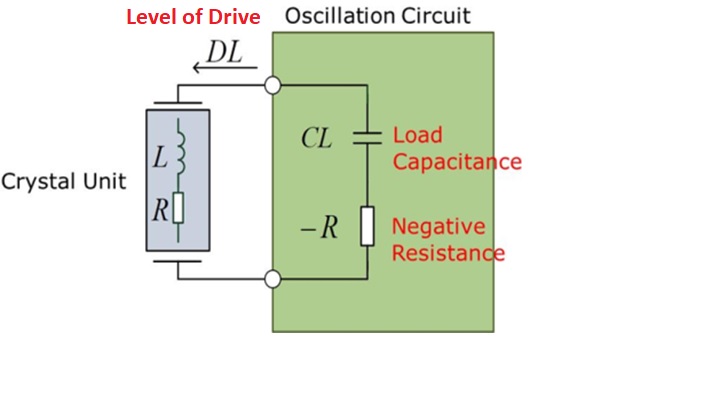- mail_outlineContact
-
Site Search
Please enter a keyword
Site Search
Please enter a keyword
Products
Products
- Crystal Unit
- Crystal Oscillator
- Frequency Synthesizer
- Signal Generator
- Millimeter-Wave Converter
- Synthetic Quartz Crystal
- Optical Component
- QCM Sensor
- Outgas Analysis System
- Ultrasound Probe (Transducer)
- SAW Devices (Manufactured by NDK SAW devices Co., Ltd.)
-
Space
-
Infrastructure / Industrial Equipment
-
Automotive
-
Mobile
-
AV / OA, Medical, Healthcare, Household Appliance
-
Search from Connectivity Standards
Product Search
Investor Relations
Sustainability
-
NDK Group Sustainability
-
Environment
- Top Page of Environments
-
Environmental Philosophy and Policies
- Environmental Philosophy and Policies Top
- Environmental Philosophy and Policies of NDK
- Environmental Philosophy and Policies of Furukawa NDK Co., Ltd.
- Environmental Philosophy and Policies of Hakodate NDK Co., Ltd.
- Environmental Philosophy and Policies of ASIAN NDK CRYSTAL SDN. BHD.
- Environmental Philosophy and Policies of NDK QUARTZ (M) SDN. BHD.
- Environmental Philosophy and Policies of Suzhou NDK Co., Ltd.
- History of Enviromental Conservation
- Enviromental Management System
- Enviromental Performances
- Green Crystal Technology™ —NDK Environment Support—
- Promoting Green Procurement
- Aproaches to Substance of Concern
- Measurement Data (Sayama Plant)
- Suzhou NDK Co., Ltd. Environmental initiatives
- Environmental Report
-
Society
-
Governance
- ESG Data
Outgas Analysis System
Ultrasound Probe (Transducer)
Synthetic Quartz Crystal
Optical Component
QCM Sensor
-
NAPiCOS Series
-
Product Overview
-
Application Examples
- Measurement of label free immune response of the acute phase protein CRP
- Immuno-measurement of low-concentration insulin (100pg/mL ~ 20ng/mL)
- Evaluation of Peptide's property of binding to PMMA stereo- complex membrane
- Calculation of the dissociation constant of glycoprotein
- Measurement of allergen contained in food extract
- Double-strand DNA formation & Protein binding
- Binding transcription factor to DNA
- Quantification sensor for concentration of antibody drugs
- Measurement of low-molecular substance
- Quantitative Evaluation of Beer Body
Oscillation Circuit Evaluation Methods
Indicators to be checked by the circuit analysis service
When checking the matching between the oscillation circuit and the crystal unit, what specific conditions are considered appropriate ? It is mainly evaluated from the following perspectives.
1.Whether the crystal unit oscillates stably
2.Whether the frequency is as targeted
3.Whether abnormal oscillation does not occur
(e.g., Frequency fluctuates more than expected. Or frequency oscillates at a stable frequency under normal temperature, but the frequency jumps under low or high temperature.)
The following three indicators are used for the above matching evaluation.
1. Whether the crystal unit oscillates stably→ Negative Resistance
2. Whether the frequency is as targeted→ Frequency Deviation
3. Whether abnormal oscillation does not occur→ Level of Drive
Evaluation is performed using these indicators, and if the recommended values and standard values determined by NDK or the characteristic values requested by the customer are not satisfied, the circuit constants including capacitors and resistance values are experimentally examined for optimal oscillation conditions.

<Glossary>
* Negative Resistance (-R) : The ability of the circuit to cancel the resistance R of the Crystal unit and oscillate
* Oscillation Frequency (F) : Characteristics depending on Load Capacitance (CL)
* Level of Drive(DL) : Power consumed by the resistance R of the Crystal unit
